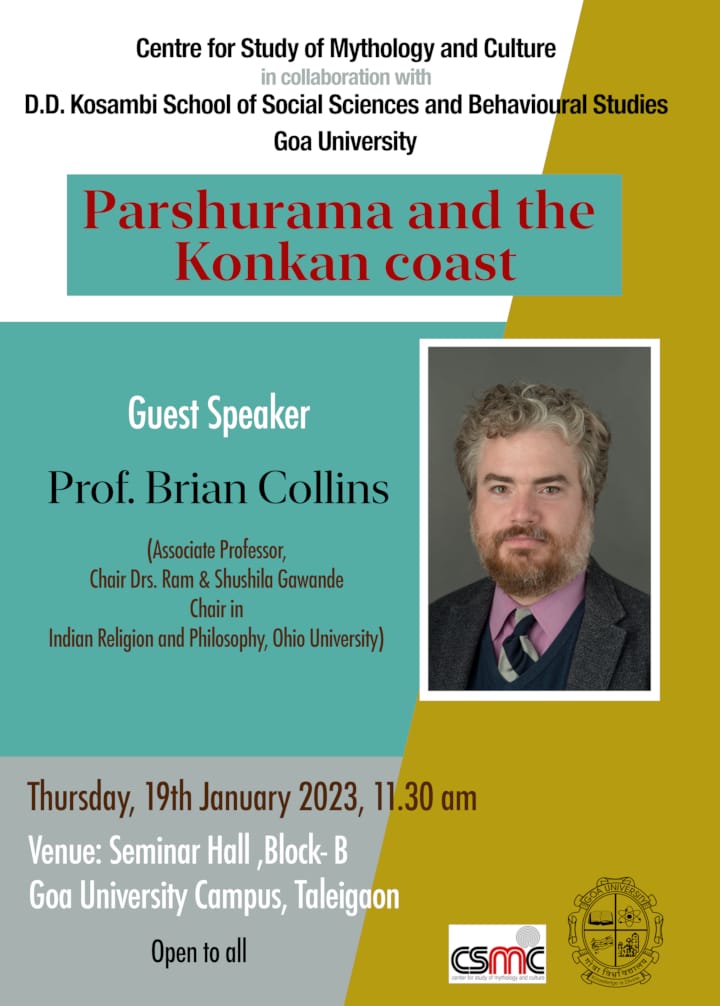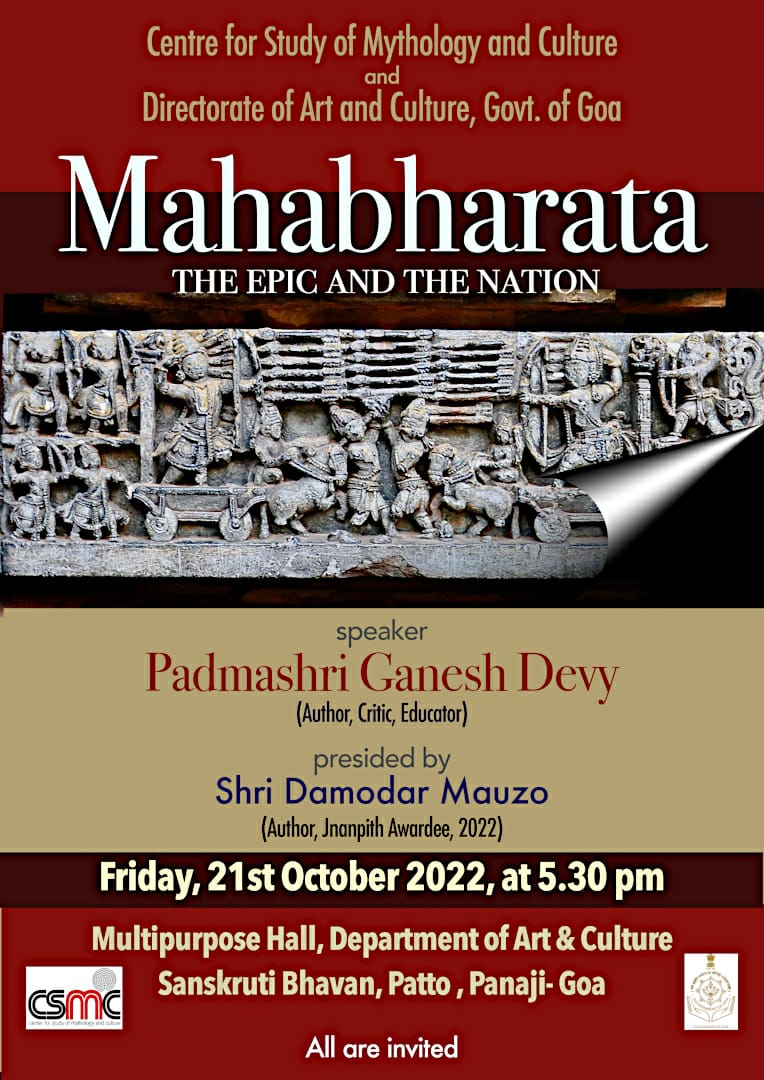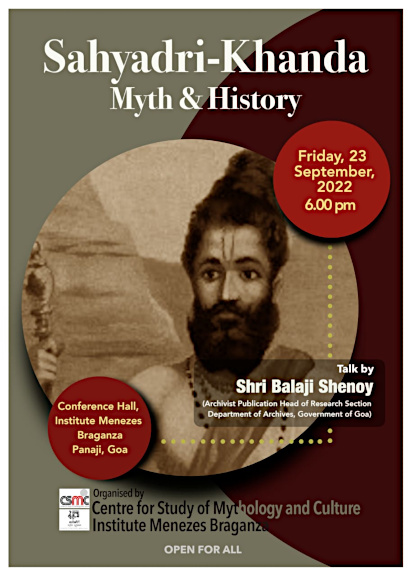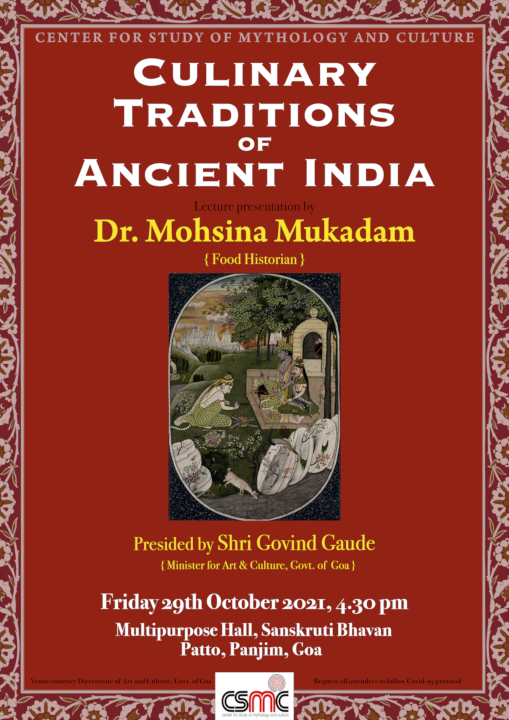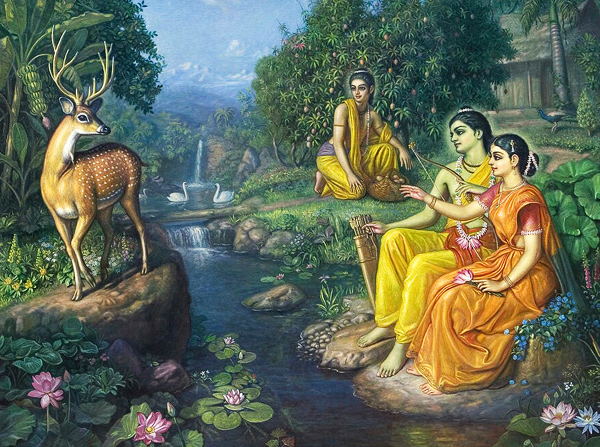
Wadars are a wandering community found on the border area of Maharashtra, Andhra Pradesh (Today’s Telangana) and Karnataka. Every year during Dasara and Gudi Padva they gather near the river bank at Pune, to perform a ritual called Jaladi or Gangasthal.
Dasara and Padva being a Hindu new year, it is also an occasion for the members of Wadar community to come together and recite oral tales of their clan. This annual ritual is an important reunion for the Wadars as it consists of many important rituals such as repainting of traveling shrine they carry with them. The mobile wooden structure or shrine, measuring two feet by one and half foot is called ‘Gudi’ meaning temple in Telgu. These shrines are in shape of palanquin covered with painted images in ‘patachitra’ style of Andhra Pradesh. The tradition of narrating stories through these patachitras is known as jatipurana or clan stories. Jatipuranans are particularly significant to wandering Wadaries, since it helps them to identify with their history and provides a unique identity to the clan.
The narratives of the Jatipurana invariably establish a link with Ramayana and Mahabharata. Here is a story about a curious custom followed by Wadari women to identify themselves with the plight of Sita.







